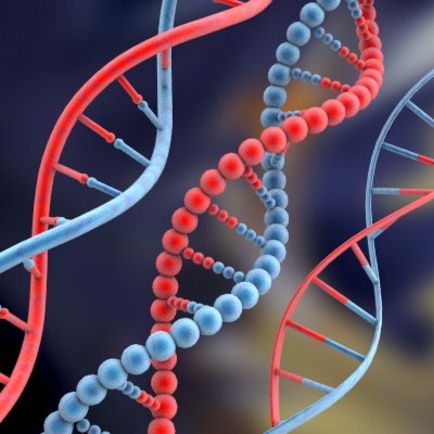 MiR-25 Shuts Down The Overworked Heart
MiR-25 Shuts Down The Overworked HeartCardiovascular disease often causes the heart to work harder than usual, a condition that triggers...
 MicroRNA- The Unexpected Pain Neurotransmitter
MicroRNA- The Unexpected Pain NeurotransmitterSince the discovery of microRNAs, these small ribonucleotides have been implicated in a broad range...
 How Presenilin Mutations Destroy Memories
How Presenilin Mutations Destroy MemoriesMemory loss is a debilitating consequence of dementia such as Alzheimer’s disease (AD), an incurable...
 Turning Off The Extra Chromosome In Down Syndrome
Turning Off The Extra Chromosome In Down SyndromeGleaning from the natural process of X chromosome inactivation, scientists recently discovered...







